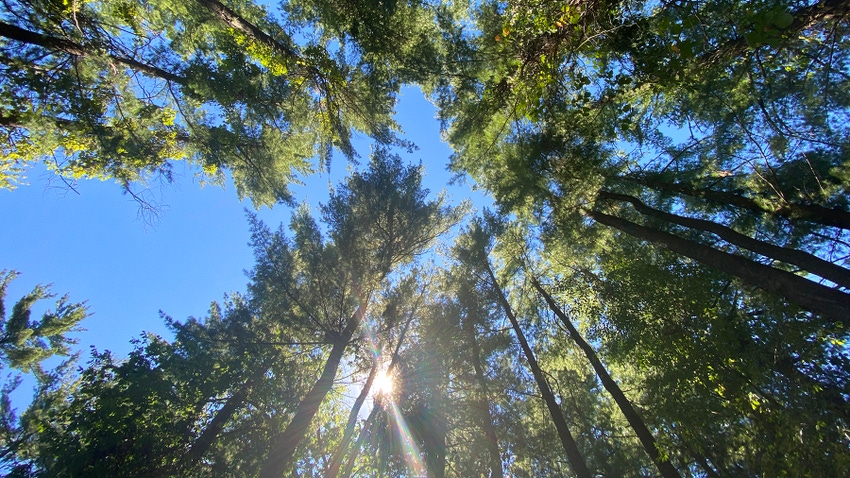
Agriculture Secretary Tom Vilsack announced an additional $490 million in USDA funding for wildlife prevention projects. The money will be allocated to 11 landscapes in Arizona, California, Idaho, Nevada, Oregon, Utah, and Washington. They encompass 66 high-priority firesheds.
These projects are in addition to the first set of 10 priority landscapes announced last year. Funding will come from the Inflation Reduction Act and the Bipartisan Infrastructure Law.
“We expect and anticipate that this will allow us to begin the process in a number of shovel-ready projects that are available in these landscapes as well as increasing resources from the Bipartisan Infrastructure Law in the initial 10 landscape,” Vilsack says. “All told, today's announcement will essentially represent a total investment of $930 million.”
Firesheds are defined as areas where wildfires are likely to pose the greatest risk to communities and resources. Combined, the two announced sets of projects will address wildfire risks in 134 of the 250 high-risk firesheds identified by the Jan. 2022 USDA Wildfire Crisis Strategy. Those firesheds pose a risk to around 200 communities in the western U.S.
In three of the past eight years, wildfires have consumed more than 10 million acres. USDA’s 10-year crisis strategy would treat more than 20 million acres of national forests and grasslands and up to 30 million acres of other federal, state, tribal and private land.
“It is no longer a matter of if a wildfire will threaten many western communities in these landscapes. It is a matter of when,” Vilsack says. “The need to invest more and to move quickly is apparent.”
When deciding which projects to invest in, USDA considered the potential for wildfires to affect nearby communities and buildings. It focused heavily on protecting underserved communities, critical infrastructure, public water sources and tribal lands. The Department also considered more than 3,000 comments it received at 11 roundtable meetings held in the first half of 2022.
According to the U.S. Forest Service, approximately 80% of the wildfire risk to communities is concentrated in less than 10% of the firesheds. The two announced sets of projects address the highest risk firesheds where projects are ready to begin or expand. Vilsack says the department intends to move quickly on many of the more than 200 projects identified as “shovel-ready.”
Read more about:
WildfiresAbout the Author(s)
You May Also Like






